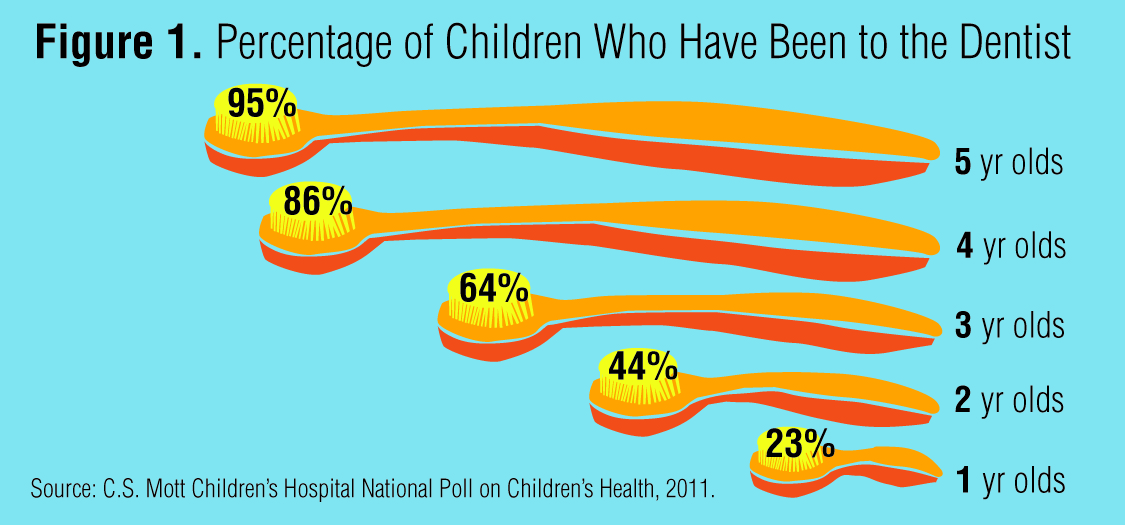The Development Of Oral Surgery: Pioneering Innovations And Proceeds Defining The Area
The Development Of Oral Surgery: Pioneering Innovations And Proceeds Defining The Area
Blog Article
Developed By-Reeves Terrell
Invite to the globe of dental surgery, where developments and advancements are forming the future of the area! In this interesting world, you'll witness the transformative power of robotics, the sophisticated wonder of 3D printing, and the game-changing impact of minimally invasive methods.
The future of oral surgery holds an assurance of precision, effectiveness, and enhanced client outcomes. With the help of sophisticated robotics, surgeons are able to execute complex procedures with higher accuracy and control.
3D printing technology is revolutionizing the production of dental implants and prosthetics, offering customized remedies that fit flawlessly right into each individual's unique makeup.
Furthermore, minimally invasive techniques are reducing post-operative pain and recuperation time, enabling individuals to go back to their daily lives sooner.
Get ready to discover the interesting advancements and advancements that are reshaping the landscape of oral surgery!
Advancements in Robotics
One major improvement in dental surgery is making use of robotic modern technology, which permits exact and effective procedures. With the help of robotic systems, oral cosmetic surgeons have the capability to perform complex surgical procedures with boosted precision, reducing the risk of human mistake.
These robotic systems are outfitted with sophisticated imaging modern technology and specific instruments that make it possible for specialists to browse with complex physiological structures with ease. By using robot innovation, cosmetic surgeons can attain greater medical accuracy, leading to improved patient outcomes and faster recovery times.
In addition, using robotics in oral surgery enables minimally intrusive treatments, lowering the trauma to bordering tissues and promoting faster recovery.
3D Printing in Dental Surgery
To improve the field of oral surgery, you can discover the subtopic of 3D printing in dental surgery. https://sheerluxe.com/life/health-wellness/what-you-need-know-about-invisalign has the prospective to reinvent the method dental specialists run and treat patients. Here are four key ways in which 3D printing is forming the field:
- ** Custom-made Surgical Guides **: 3D printing allows for the development of highly exact and patient-specific medical guides, boosting the precision and performance of procedures.
- ** Implant Prosthetics **: With 3D printing, dental surgeons can develop customized implant prosthetics that flawlessly fit a person's special composition, causing far better results and client satisfaction.
- ** Bone Grafting **: 3D printing makes it possible for the production of patient-specific bone grafts, minimizing the need for conventional implanting methods and enhancing recovery and recovery time.
- ** Education and Training **: 3D printing can be used to develop sensible surgical designs for academic objectives, enabling oral surgeons to exercise complicated procedures before doing them on patients.
With its potential to enhance precision, modification, and training, 3D printing is an amazing advancement in the field of dental surgery.
Minimally Invasive Methods
To further advance the field of oral surgery, embrace the possibility of minimally invasive strategies that can significantly profit both surgeons and individuals alike.
Minimally intrusive techniques are transforming the area by decreasing medical trauma, lessening post-operative discomfort, and speeding up the recuperation process. These strategies involve utilizing smaller lacerations and specialized tools to do treatments with precision and effectiveness.
By using https://teeth-whitening-uv-light18405.tkzblog.com/32834063/find-out-essential-insights-regarding-dental-implants-for-senior-citizens-and-reveal-crucial-factors-to-consider-that-can-influence-your-smile-remediation-journey-what-will-you-uncover , such as cone beam calculated tomography (CBCT), doctors can properly prepare and implement surgical procedures with minimal invasiveness.
Additionally, using lasers in dental surgery allows for exact tissue cutting and coagulation, leading to minimized bleeding and lowered recovery time.
With minimally invasive methods, people can experience quicker recuperation, reduced scarring, and enhanced results, making it an essential facet of the future of oral surgery.
Verdict
So, as you can see, the future of oral surgery is incredibly appealing, with interesting developments and breakthroughs shaping the field.
From the innovations in robotics to the use of 3D printing and minimally intrusive strategies, oral specialists are revolutionizing the method they give treatment.
While some might worry about the prospective cost related to these innovations, it's important to remember that these modern technologies ultimately enhance person results and decrease recuperation time, making them well worth the financial investment over time.
